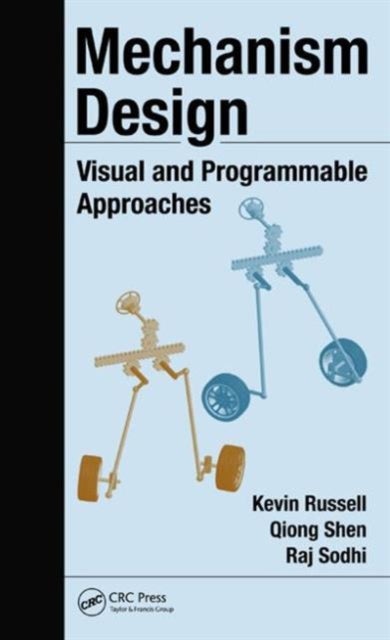
Mechanism Design av Kevin (New Jersey Institute of Technology USA) Russell, Qiong (Softalink LLC USA) Shen, Raj S. (New Jersey Institute of Technology
1999,-
<P>In the field of mechanism design, <I>kinematic synthesis</I> is a creative means to produce mechanism solutions. Combined with the emergence of powerful personal computers, mathematical analysis software and the development of quantitative methods for kinematic synthesis, there is an endless variety of possible mechanism solutions that users are free to explore, realize, and evaluate for any given problem in an efficient and practical manner. </P><P><B>Mechanism Design: Visual and Programmable Approaches</B> provides a broad introduction to kinematic synthesis, presenting and applying <I>motion</I>, <I>path</I>, and <I>function</I> generation methodologies for some of the most basic <I>planar</I> and <I>spatial</I> single and multi-loop linkage systems. This work provides numerous in-chapter synthesis examples and end-of-chapter synthesis problems. Users can also invent their own specialized synthesis problems according to their particular interests.</P><P>The commercial mathematica








